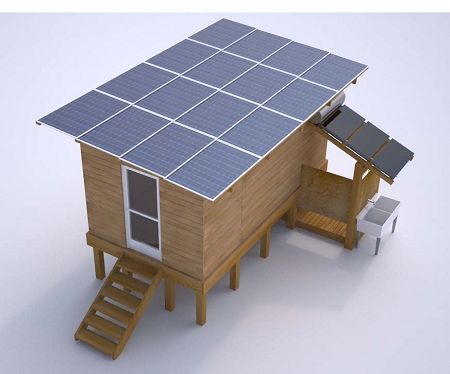what are you looking for?
 Disney Green Renovation: Significantly Reduce Carbon Emissions by 2020
Disney Green Renovation: Significantly Reduce Carbon Emissions by 2020
 What can we get from COVID-19
What can we get from COVID-19

 Monday -Sunday: 8:00 - 24:00
Monday -Sunday: 8:00 - 24:00 No.13 Shang Zhen East RD., Taihe Town Baiyun Area, Guangzhou China
No.13 Shang Zhen East RD., Taihe Town Baiyun Area, Guangzhou China info@futuregreenbattery.com
info@futuregreenbattery.com


